FlipFlip displays images as randomized slideshows with cool effects
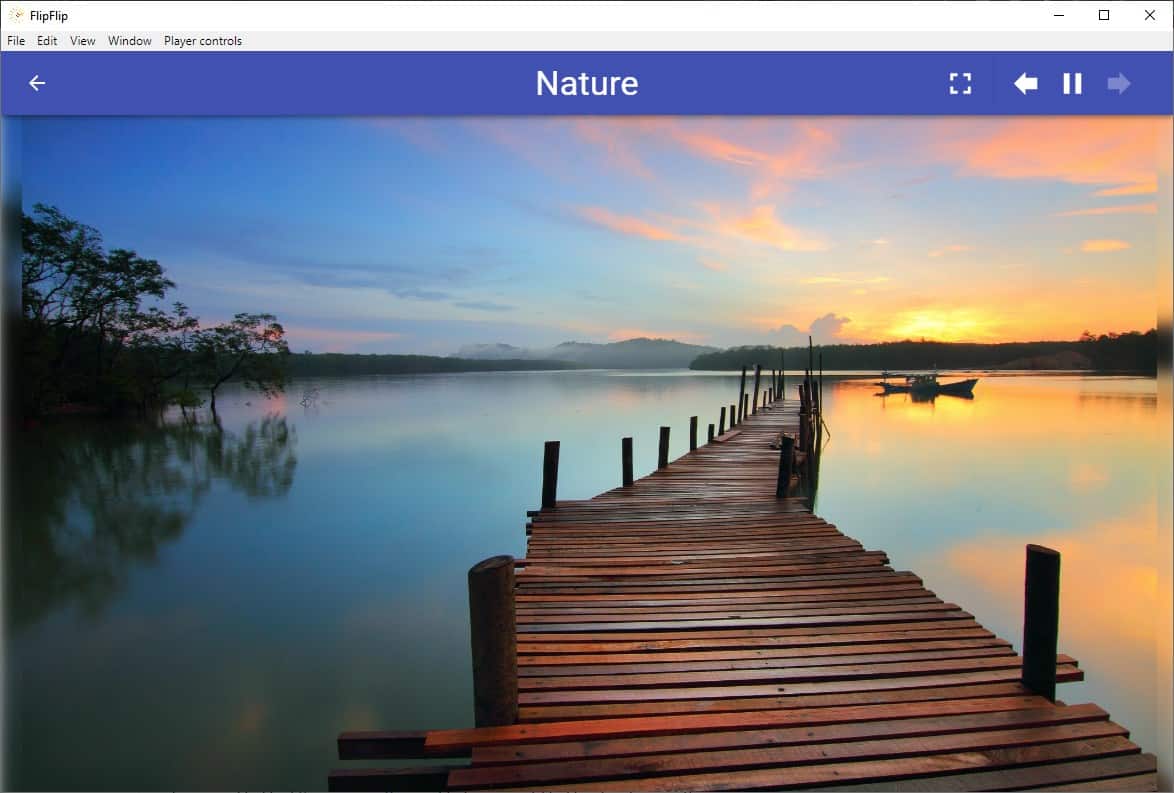
Slideshows are a nice way to browse image folders, especially ones which contain your favorite moments. It's not difficult to create a photo movie, a lot of image viewers come with one built-in.

FlipFlip is an open source slideshow generation software that randomizes your image folders, web albums, and displays them with cool effects. The program has a modern interface with a bunch of options on the sidebar. Click the Hamburger menu button in the top left corner, to toggle the names of the sidebar items, it helps to navigate between various sections a tad easier.
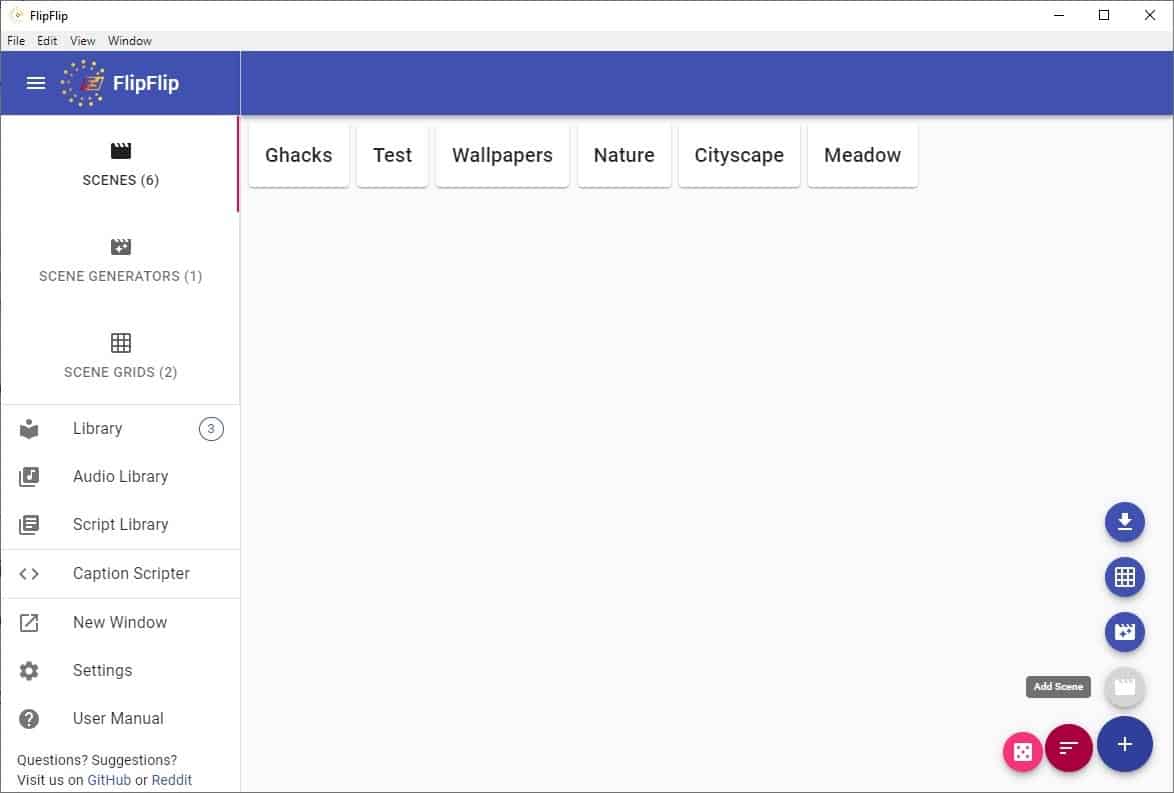
The first option in the sidebar is called Scenes, it's a fancy name for slideshows. Click on the add button in the bottom right corner, it displays a number of options, select the last one to add a new scene. You can assign a name to a scene by clicking the text at the top of the window.
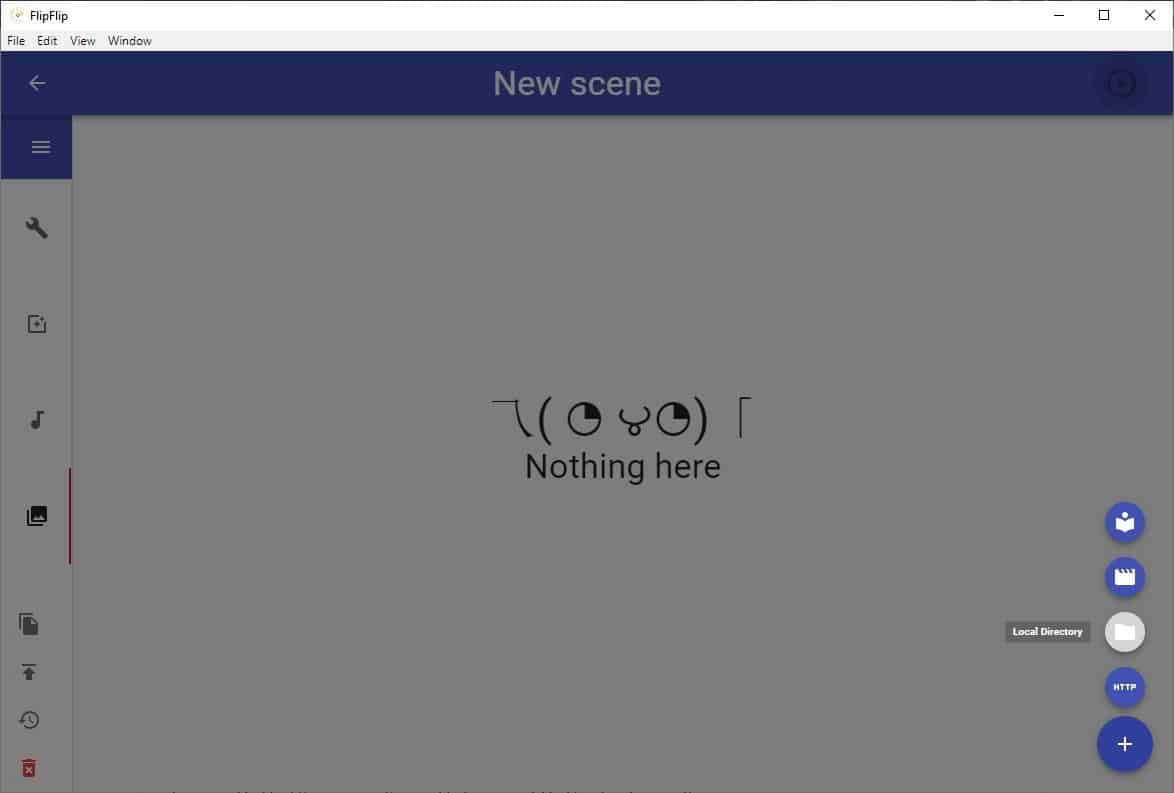
Hit the + button again, and it will show four ways to add media to a scene. You can add local media such as images, videos, playlists, or even an entire directory. FlipFlip also allows you to import remote media via URLs, e.g. a web album from Imgur, Reddit, Twitter, Instagram, etc. Click the play icon in the top right corner of the window, and your scene is ready to play. The playback controls appear at the top of the scene viewer screen, and can be used to switch between images, play/pause the playback, and jump to full screen mode.
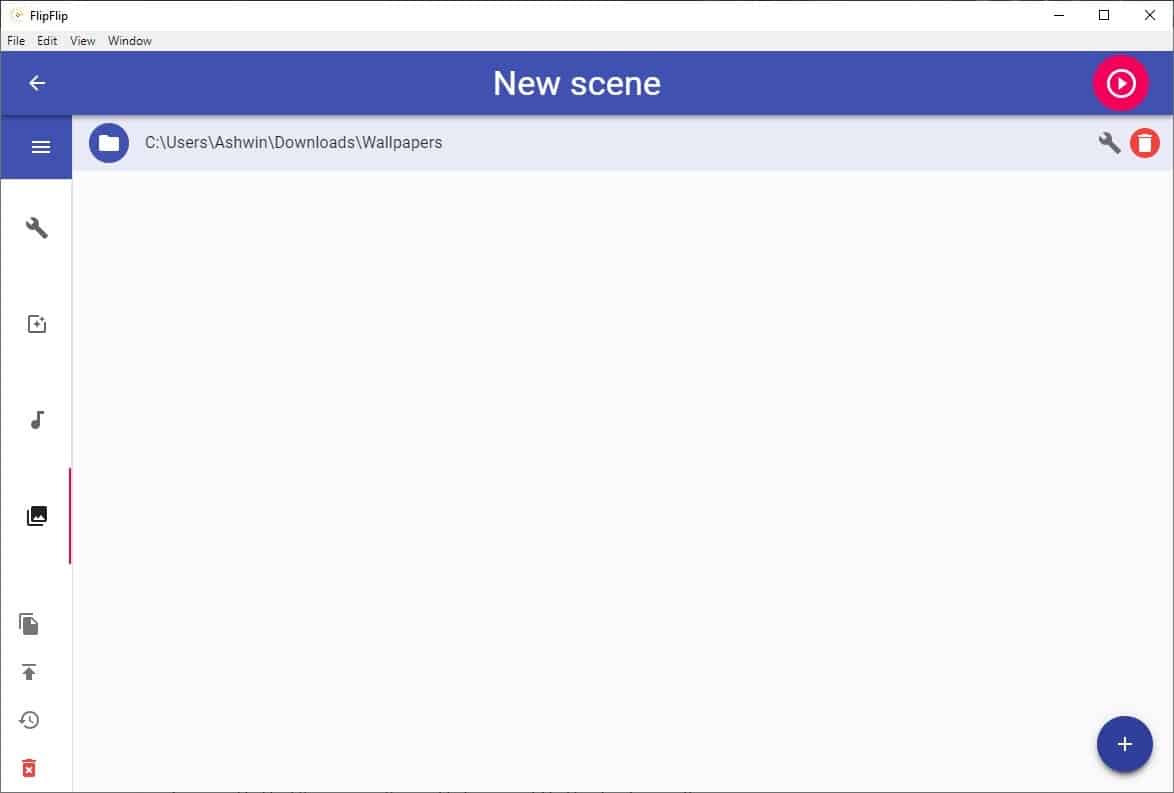
Now, that's just the basics, let's take a look at some advanced options. The wrench icon in the sidebar takes you to the Scene's options, where you can adjust the time interval, image order, video volume. FlipFlip can fit the images to your monitor's width, height, stretch or center the pictures. Toggle the background blur, adjust its strength for a cool bokeh effect. You can even make the program switch to a different scene at the end of the current slideshow.
The right half of the page has options to set the orientation of the image or video, control the video playback speed. If the videos and GIFs that you selected are long, you can configure the program to only play a part of the content, before switching to the next media.
Head to the Effects settings in FlipFlip to choose the various transition modes that the program uses when switching between images. The available options include Zoom, Cross-Fade, Strobe, Fade In/Out and Panning. Each of these effects has its own set of controls that you may customize.
Give your slideshow a bit of extra life by adding audio playlists. You can also add text overlays to the scene. Before you can add a playlist, you will need to import audio tracks from the library, the program supports MP3, M4A, WAV and OGG formats. Similarly, you can add caption scripts, if that's your thing.
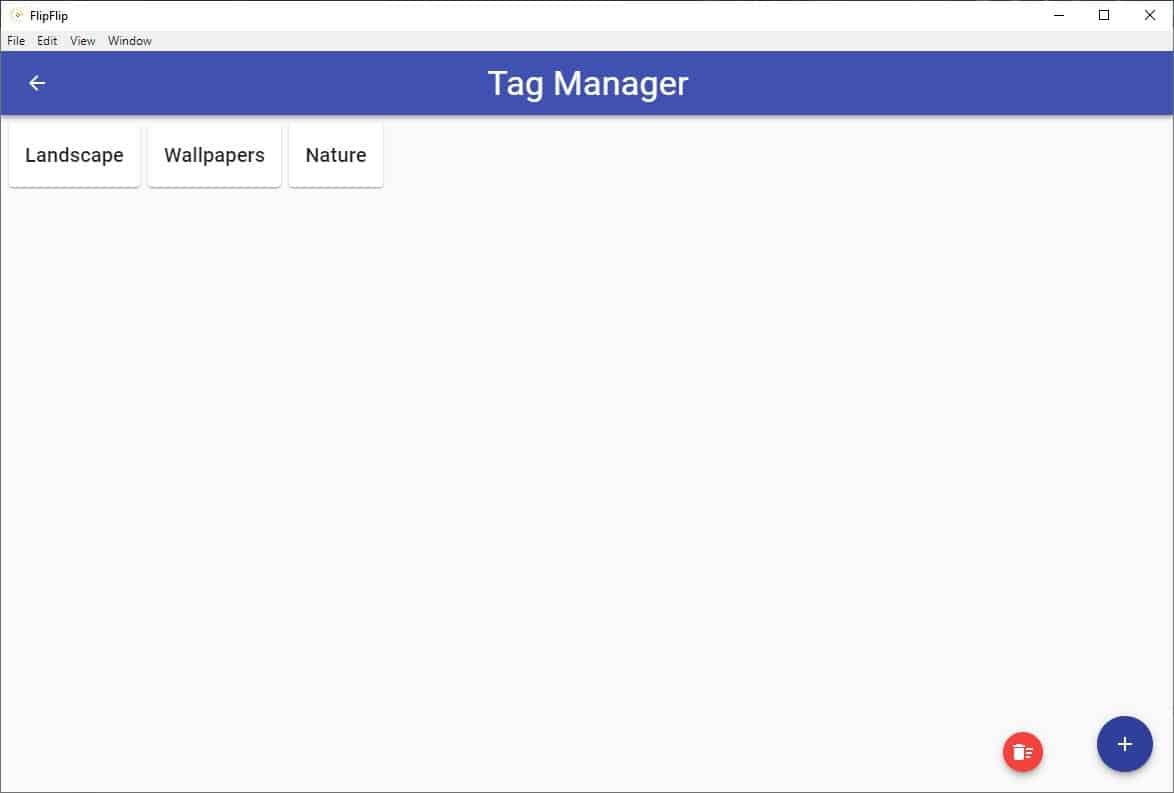
FlipFlip can generate random scenes using files from your library as the source, to do this switch to the Scene Generators tab on the sidebar and set the rules for the slideshow generation. The other tab, Scene Grid displays multiple scenes in a grid format, you'll have to create a few scenes to have them show up in the grid selector. Tag a source by clicking on Manage tags on the sidebar, this helps you to quickly find the content you are looking for using the search bar. You can export a scene to a JSON file, or your entire library too.
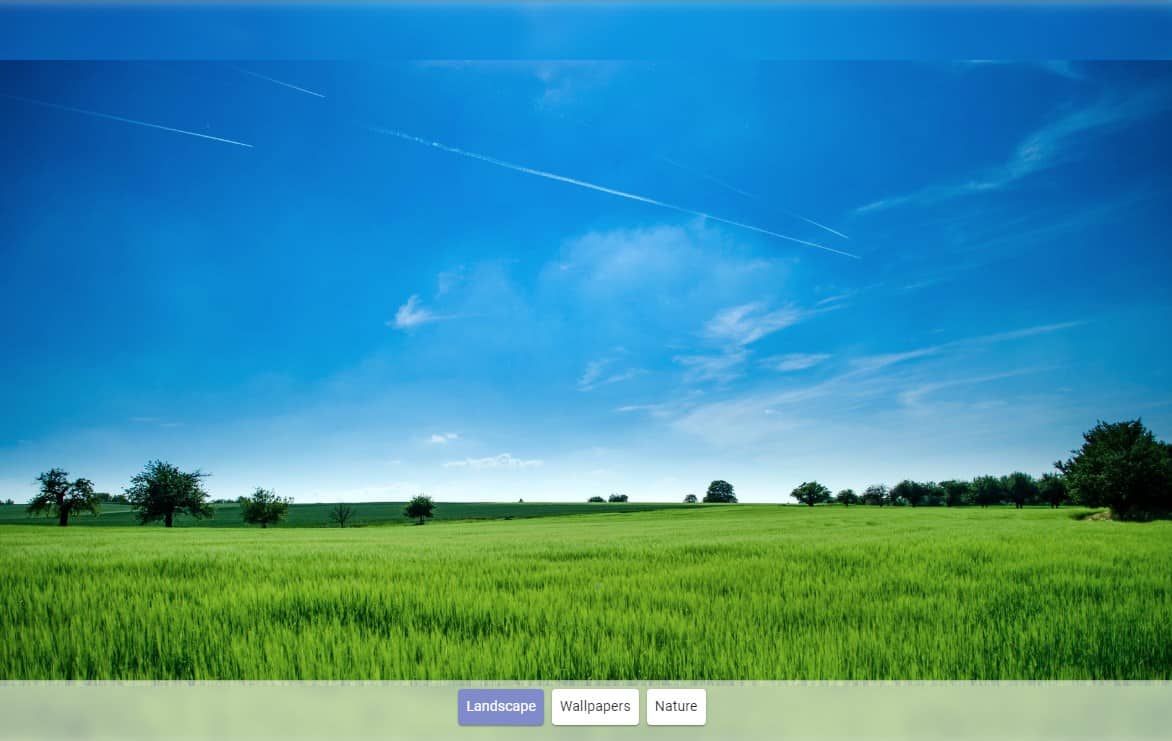
The Settings tab lets you set FlipFlip to stay on top of other programs, toggle full screen mode, set the minimum size for images and videos. The program's interface colors can be customized, and you can optionally enable the program to work in portable mode to make it save the settings in its parent folder. You may backup and restore your settings from this page.

FlipFlip is written in Electron. The program is available for Windows, macOS and Linux. It has way more options than you may actually need or use. Check out the built-in tutorial, it's rather extensive. The only issue with it is that sharing a slideshow isn't as easy as with other programs.









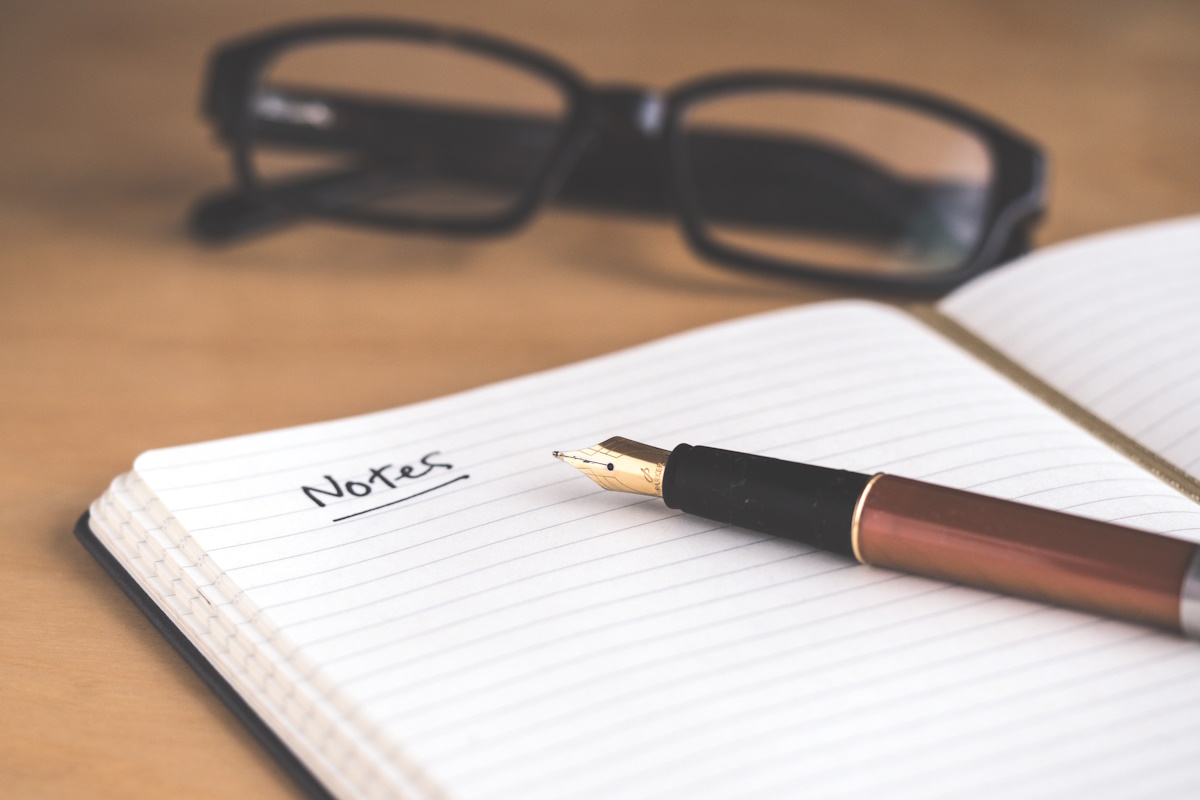


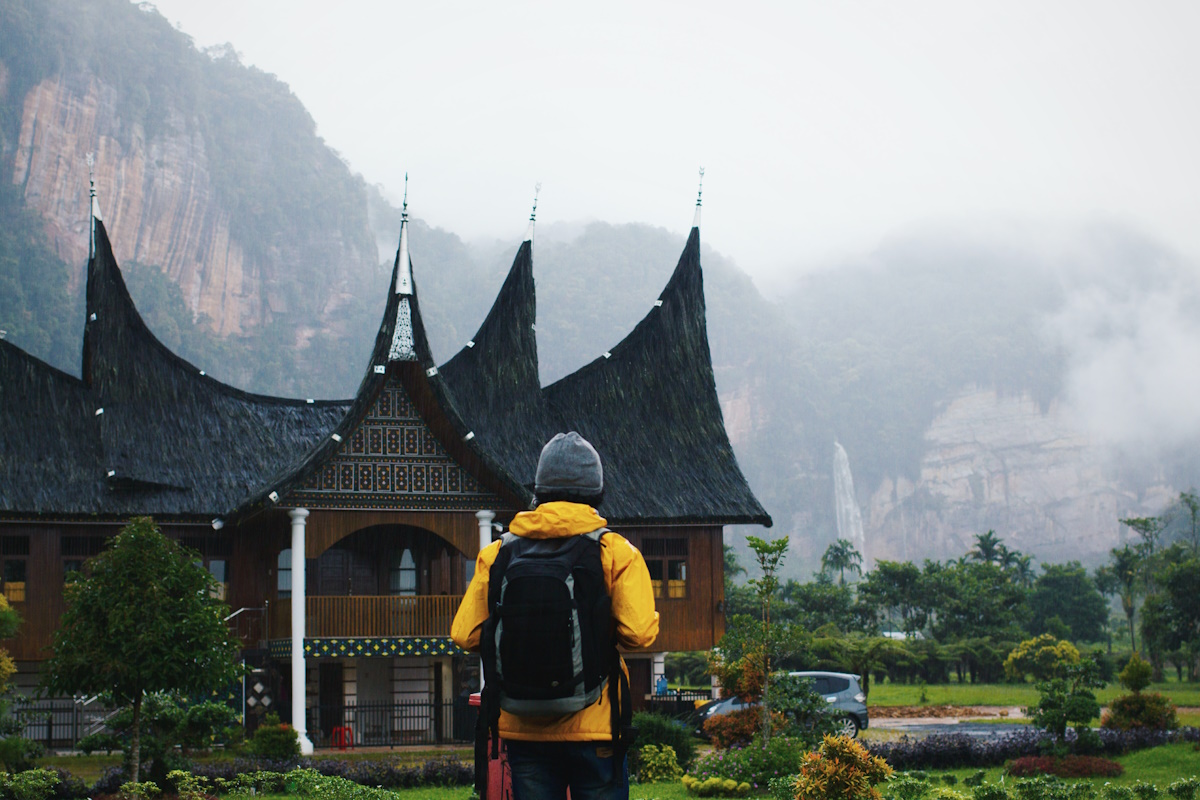



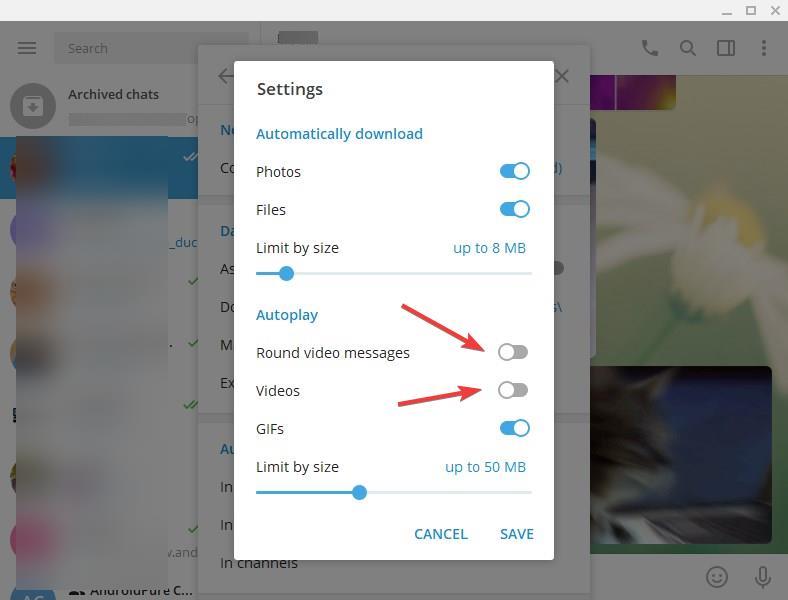










@FlipFlip Why would anyone want to create an exact replicate of it’s poor UI?
The macOS version is over 150MB… for a slideshow app… LOLOLOLOLOLOLOL
In plain C, this app would be about 0.3MB, and in assembly it would be about 0.05MB.
Yes, this app is excessively bloated for what it does. But replicate its exact UI and functionality in a 0.3MB plain C (no UI frameworks) or 0.05MB ASM compiled non-compressed EXE, I challenge you. Better still, stop exaggerating and talking rubbish.
Electron nonsense. Less of this trash the better.
The problem is not JavaScript. The problem (or abominable part) is how they want to force JS as one fit all solution. More to it: the way they implement it via a framework like Electron is that is inefficient for certain projects. Howver, some devs adopt it because it is faster … for them.
>> Howver, some devs adopt it because it is faster … for them.
^ This. The problem isn’t JS, but lazy devs who employ it for things it’s clearly not suited for, over a compact and performant native app.
It is a shame that Electron junk appears here time and again. Electron has conquered desktop and has destroyed decent programming. Using Electron is not just a bad taste, it is destructive. The time is coming when there would be no other programming language but the abominable JavaScript and all software would be junk running under Electron, the most horrible nuisance of ‘framework’ ever contrived.
Long ago I made a simple calculator in Electron. Size: 218Mb. Horrible
bit dramatic, eh?
mere words cannot adequately express how horrible that UI is.